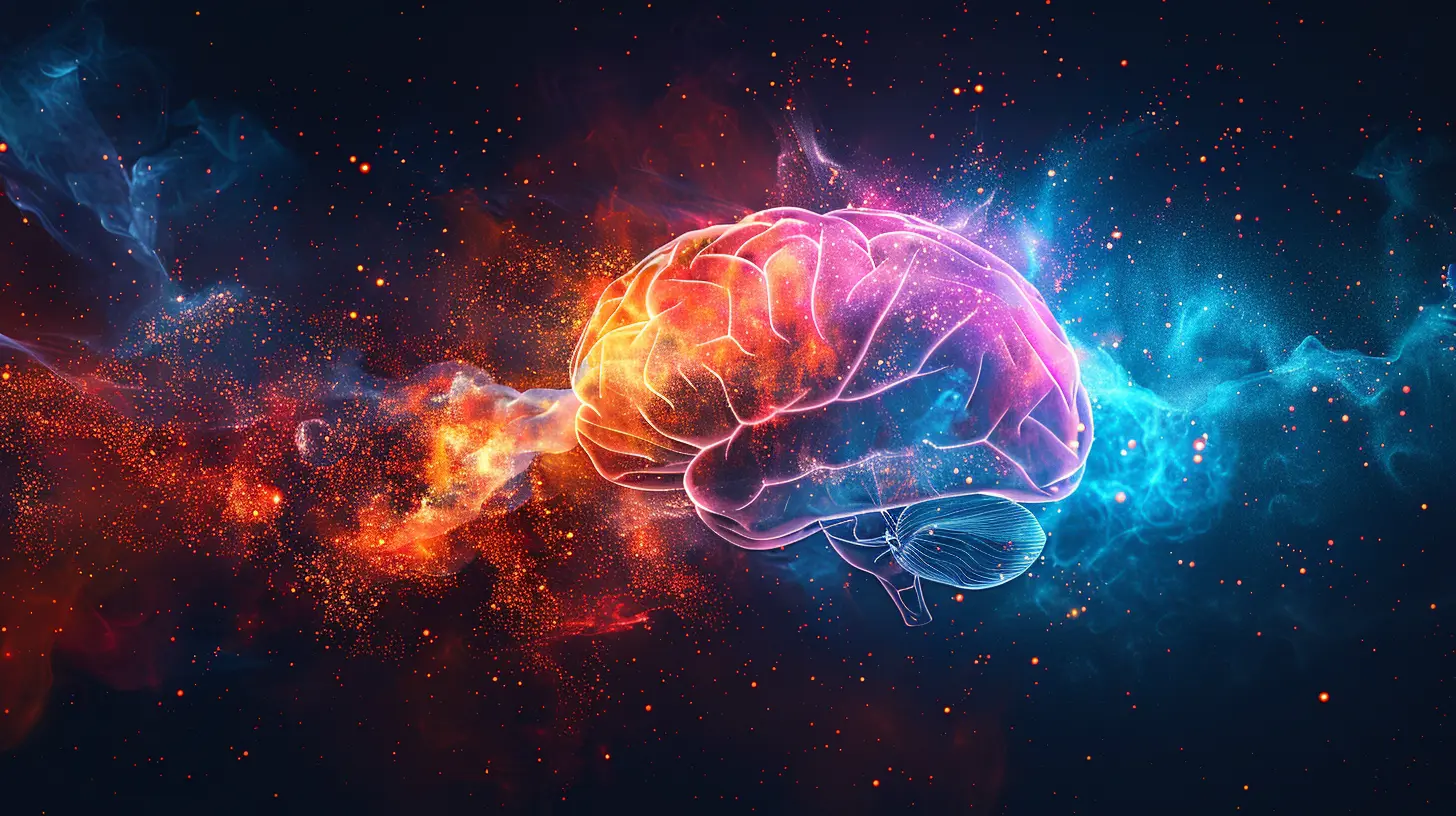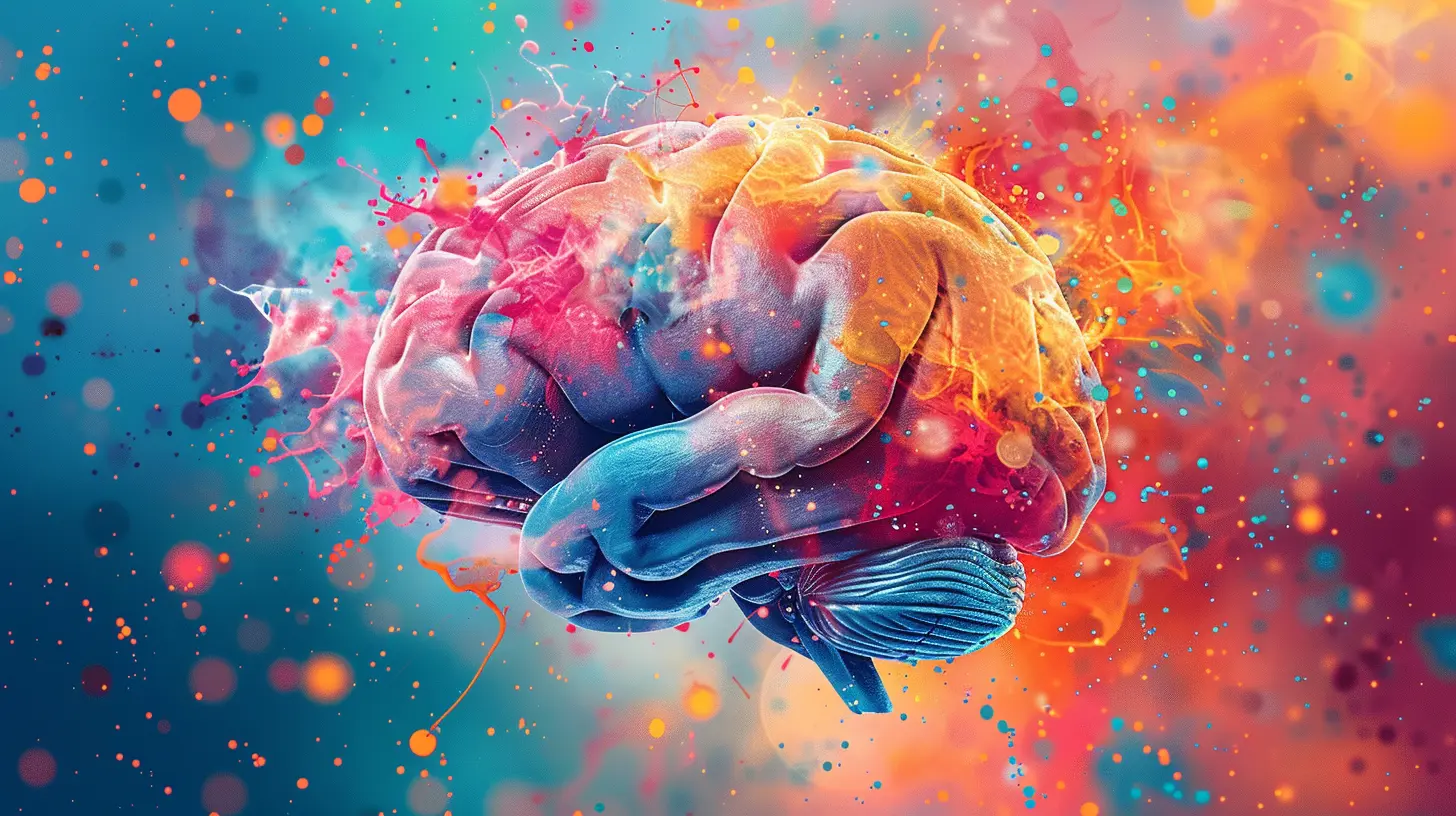The Role of Working Memory in Complex Problem-Solving
23 November 2025
Have you ever been in the middle of a tough problem and felt like your brain was juggling a thousand things at once? Maybe you're trying to solve a tricky puzzle, or perhaps you're stuck on a work project that requires some serious thinking. Well, what you're experiencing at that moment is your working memory kicking into high gear. It's the mental workspace where we store and manipulate information, and it plays a massive role in how we approach complex problem-solving.
In this article, we're going to dig into the fascinating world of working memory and how it helps us tackle life's more difficult challenges. We'll break it down bit by bit, so by the end, you'll have a clear understanding of this psychological powerhouse and why it matters. Ready to dive in? Let's go!

What is Working Memory?
Before we get into the role of working memory in problem-solving, let’s first define what it is. Think of working memory as your brain's sticky note. It’s where you temporarily hold information while you use it, kind of like when you're trying to remember a phone number long enough to dial it. It's a limited resource, though — that sticky note can only hold so much before it gets full.In psychological terms, working memory refers to the cognitive system responsible for temporarily holding and manipulating information over short periods. It's different from long-term memory, where we store information for days, months, or even years. Working memory is fast, flexible, and essential for reasoning, learning, and comprehension.
The Components of Working Memory
Working memory isn't just one thing; it's made up of several components that work together. Psychologist Alan Baddeley proposed one of the most widely accepted models of working memory, which includes three main components:1. The Phonological Loop: This is where we store verbal and auditory information. It’s like having a little tape recorder in your brain that plays back words and sounds.
2. The Visuospatial Sketchpad: This part handles visual and spatial information. If you're trying to remember the layout of a room or a map, it's your visuospatial sketchpad doing the heavy lifting.
3. The Central Executive: The boss of the operation. The central executive decides what needs attention, what should be ignored, and how the other systems should interact with each other.
Now that we know what working memory is, let's explore how it plays a role in complex problem-solving.

Working Memory’s Role in Problem-Solving
Problem-solving is a fundamental part of human life. Whether it's solving math equations, figuring out how to fix a leaky faucet, or navigating social conflicts, problem-solving is everywhere. But what happens behind the scenes in our brains to make this possible? You guessed it: working memory.Holding and Manipulating Information
When you're solving a complex problem, working memory acts as a mental workspace. It allows you to hold multiple pieces of information at once — like variables in a math problem or steps in a process — while you manipulate them to find a solution.Let’s take a simple example: solving a basic algebra equation like 2x + 4 = 10.
- First, you need to remember the equation itself.
- Then, you recall the steps for solving it.
- Finally, you manipulate the equation mentally to find that x = 3.
In this case, working memory allows you to hold the numbers and rules in mind while you juggle and adjust them to arrive at an answer.
Breaking Down Complex Problems
Complex problems often need to be broken down into smaller, more manageable chunks. This is where working memory shines. When you encounter a large, complicated issue, working memory helps you divide it into smaller sub-problems that are easier to tackle. It's a bit like breaking down a big puzzle into smaller pieces, so you can solve each piece one at a time.For example, imagine you're tasked with organizing a large event. You’ll need to remember details like the guest list, venue, catering, and entertainment. Instead of trying to solve everything at once, your working memory allows you to prioritize and focus on one thing at a time — booking the venue first, then securing the caterer, and so on.
Mental Flexibility and Adjusting Strategies
Ever hear the phrase, “There’s more than one way to skin a cat”? (Okay, it’s a weird saying, but stay with me.) When you're dealing with complex problems, flexibility is key. Sometimes your first approach won’t work, and you'll need to come up with a new strategy. Working memory allows us to do that — it helps us keep track of multiple approaches and adjust our problem-solving strategies as necessary.Say you're assembling furniture from IKEA (a real-life complex problem, right?). You might try following the instructions step by step, but if something doesn’t fit, you need to pause and reevaluate. Your working memory helps you remember previous steps, consider alternative ways to assemble the parts, and switch gears when needed.
Avoiding Cognitive Overload
Here’s the thing: working memory has a limited capacity. Most researchers agree that we can only hold about four to seven pieces of information in working memory at once. When a problem requires too much information to be held and manipulated simultaneously, we can experience cognitive overload — essentially, our mental sticky note gets too full.Think about trying to do long division in your head. At a certain point, the numbers and steps become too much to juggle, and you lose track of where you are. This is when cognitive overload kicks in, and your problem-solving abilities take a nosedive.
To avoid this, we often rely on external aids (like writing things down) or break the problem into smaller chunks so we don’t overwhelm our mental workspace.

How Working Memory Limitations Affect Problem-Solving
While working memory is a powerful tool, it’s not without its limitations. Understanding these limitations can help us improve our problem-solving skills and find ways to work around them.Attention and Distraction
Because working memory is closely tied to attention, distractions can wreak havoc on our ability to solve problems. If you’re trying to solve a math problem while your phone is buzzing with notifications, your working memory is forced to switch between tasks, and this can lead to errors or slower performance.In fact, research shows that multitasking can significantly impair working memory capacity, making it harder to focus and manipulate information. The key takeaway? When solving complex problems, it’s best to minimize distractions and give your full attention to the task at hand.
Age and Working Memory Decline
Unfortunately, working memory isn’t immune to the effects of aging. As we get older, our working memory capacity tends to decline, which can make complex problem-solving more difficult. However, this doesn’t mean older adults can’t solve problems; they just might rely more on experience or external aids (like writing things down) to compensate for reduced working memory capacity.Interestingly, there’s some evidence that working memory training — essentially brain exercises designed to improve working memory capacity — might help improve cognitive performance. While the research is still ongoing, it’s an exciting area to watch.

The Importance of Working Memory in Everyday Life
You might be thinking, "Sure, working memory is great for solving math problems and puzzles, but how does it help me in everyday life?" The truth is, working memory plays a role in almost every aspect of our daily lives. From following a recipe, to holding a conversation, to navigating social situations — working memory is always at work in the background.Let’s say you’re having a conversation with a friend. While they’re talking, your working memory is storing their words so you can process what they’re saying and formulate a response. If your working memory is overloaded or distracted, you might find it harder to follow the conversation, and you might even lose track of what was said.
In short, working memory is essential for just about everything we do. It helps us navigate the complexities of life, one problem at a time.
Strategies to Boost Your Working Memory
Is it possible to improve your working memory? While there’s no magic pill, there are several strategies that can help you make the most of your mental workspace.1. Practice Mindfulness: Mindfulness exercises, like meditation, can improve focus and reduce distractions, which can help boost working memory performance.
2. Break Problems Down: When faced with a complex problem, break it down into smaller steps. This reduces the cognitive load and makes it easier for your working memory to handle.
3. Use External Aids: Write things down! External aids like notes, lists, and diagrams can help offload some of the work from your working memory, freeing it up for more important tasks.
4. Stay Organized: A cluttered environment can lead to a cluttered mind. Keeping your workspace and thoughts organized can help improve working memory efficiency.
5. Get Enough Sleep: Sleep is crucial for cognitive function, including working memory. Make sure you're getting enough rest to keep your brain in top shape.
Conclusion
Working memory is the unsung hero of complex problem-solving. Whether we’re solving math equations, navigating social situations, or tackling everyday challenges, working memory is there to help us hold and manipulate information, break down problems, and adjust our strategies as needed. While it has its limitations, there are plenty of ways to optimize and support our working memory, so we can be better problem-solvers in all areas of life.So the next time you're juggling a tough problem, take a moment to appreciate the incredible work your brain is doing behind the scenes. Working memory may not get the spotlight it deserves, but it’s definitely one of our brain’s most valuable tools.
all images in this post were generated using AI tools
Category:
Cognitive ScienceAuthor:

Janet Conrad

